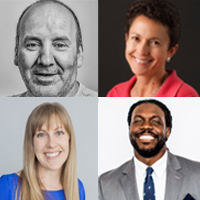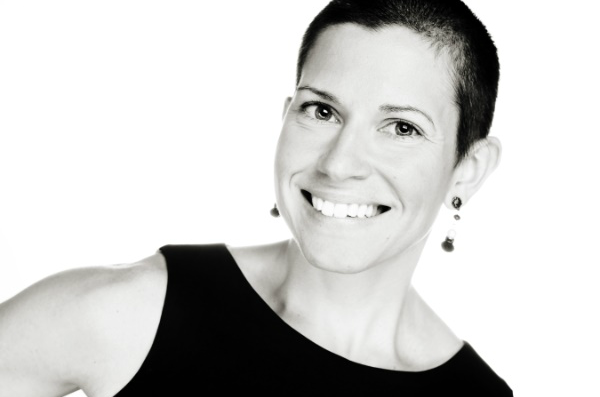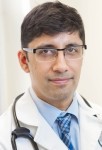
By KIM BELLARD
I saw a report last week – Clinician of the Future 2023 Education Edition, from Elsevier Health – that had some startling findings, and which didn’t seem to garner the kind of coverage I might have expected. Aside from Elsevier’s press release and an article in The Hill, I didn’t see anything about it. It’s worth a deeper look.
The key finding is that, although 89% say they are devoted to improving patients’ lives, the majority are planning careers outside patient care. Most intend to say in healthcare, mind you; they just don’t see themselves staying in direct patient care.
We should be asking ourselves what that tells us.
The report was based on a survey of over 2,000 medical and nursing students, from 91 countries, as well as two roundtable sessions with opinion leaders and faculty in the United States and United Kingdom. Since I’m in the U.S. and think most about U.S. healthcare, I’ll focus mostly on those respondents, except when they’re not split out or where the U.S. responses are notably different.
Overall, 16% of respondents said they are considering quitting their medical/nursing studies (12% medical, 21% nursing), but the results are much worse in the U.S, especially for medical students – 25% (nursing students are still 21%). That figure is higher than anywhere else. Globally, a third of those who are considering leaving are planning to leave healthcare overall; it’s closer to 50% in the U.S.
Tate Erlinger, vice president of clinical analytics at Elsevier, noted: “There were several things [that] sort of floated to the top at least that caught my attention. One was sort of the cost, and that’s not limited to the U.S., but the U.S. students are more likely to be worried about the cost of their studies.” Overall, 68% were worried about the cost of their education, but the figure is 76% among U.S. medical students (and for UK medical students).
Having debt from their education is a factor, as almost two-thirds of nursing students and just over half of medical students are worried about their future income as clinicians, with U.S. medical students the least worried (47%).
It’s worth noting that 60% are already worried about their mental health, and the future is daunting: 62% see a shortage of doctors within ten years and 64% see a shortage of nurses. Globally, 69% of students (65% medical, 72% nursing) are worried about clinician shortages and the impact it will have on them as clinicians.
Where it gets really interesting is when asked: “I see my current studies as a stepping-stone towards a broader career in healthcare that will not involve directly treating patients.” Fifty-eight percent (58%) agreed (54% medical, 62% nursing). Every region was over 50%. In the U.S., the answer was even higher – 61% overall (63% medical, 60% nursing).
Dr. Sanjay Desai, one of the U.S. roundtable panelists, said: “I know this might evolve as they go through their education, but 6 out of 10 in school, when we hope that they’re most excited about that career, are looking at it with skepticism. That is surprising to me.”
Me too.
Continue reading…














